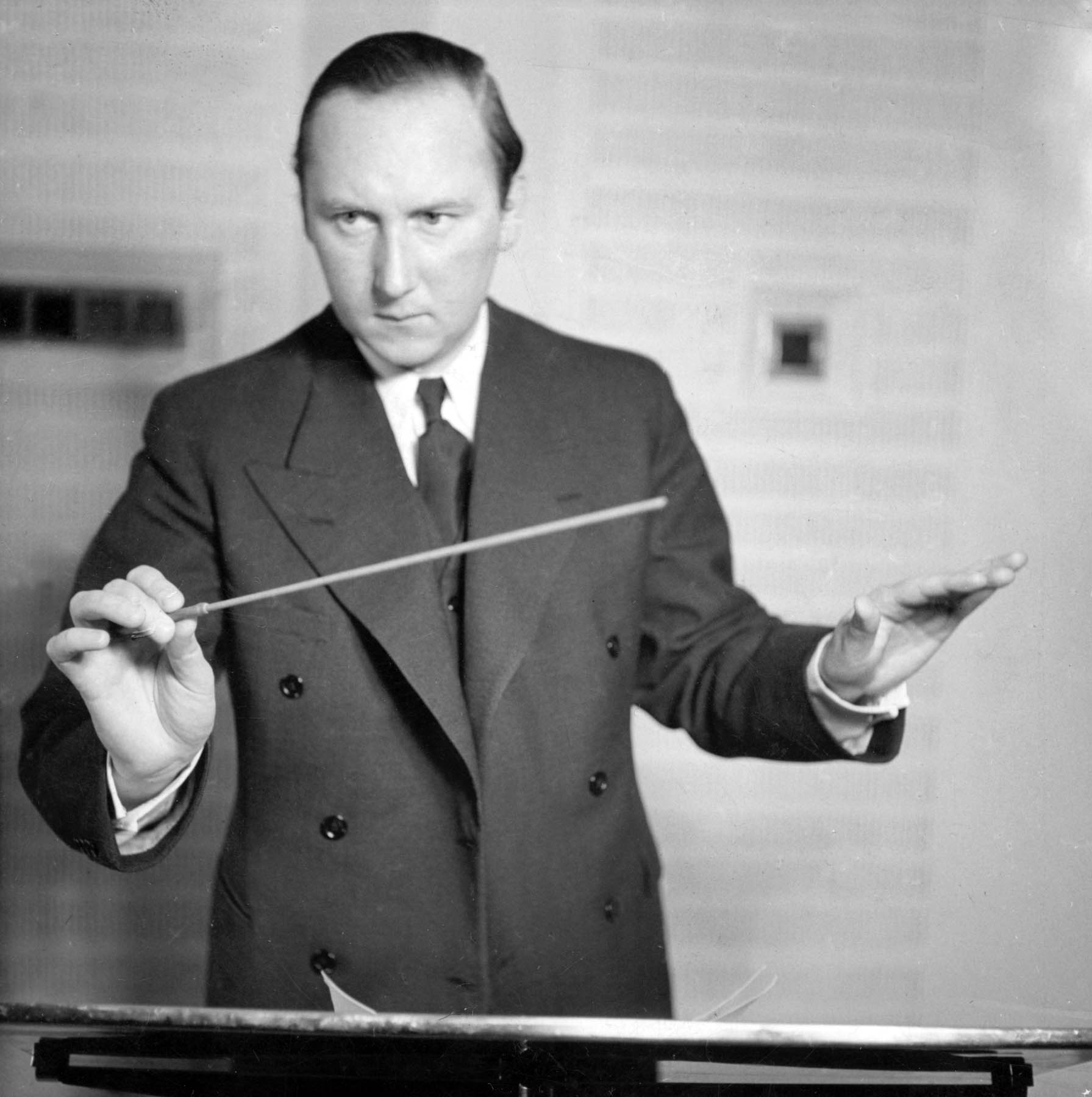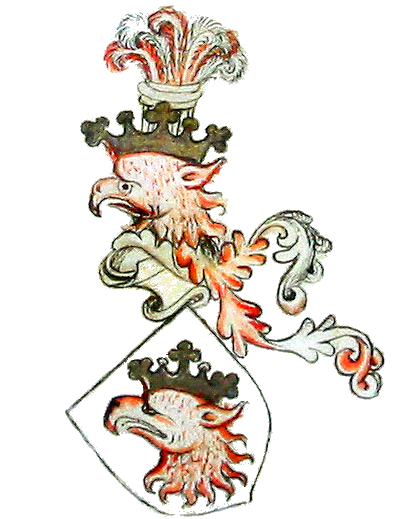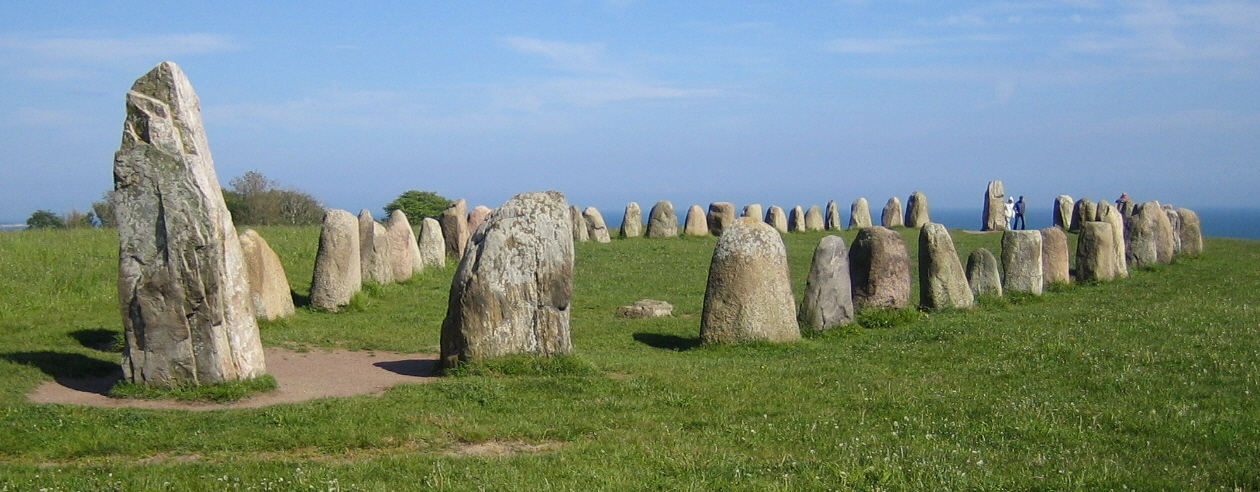|
Ă
karp
à karp () is a locality situated in Burlöv Municipality, SkÄne County, Sweden with 5,617 inhabitants in 2010. It is situated approximately 8 km northeast of Malmö and 13 km southwest of Lund. It has a railway station Rail transport (also known as train transport) is a means of transport using wheeled vehicles running in railway track, tracks, which usually consist of two parallel steel railway track, rails. Rail transport is one of the two primary means of ... where the SkÄne commuter rail network stops. In 1120 the village was known as Acathorp, from the two words ''Aki'' (an Old Danish man's name) and ''torp''. Around the 15th century the name changed to à garp, and during the 16th century the name changed to à gerup. The first record of the name à karp is from the year 1770. The composer Lars-Erik Larsson was born in à karp in 1908. References Populated places in Burlöv Municipality {{SkÄne-geo-stub ... [...More Info...] [...Related Items...] OR: [Wikipedia] [Google] [Baidu] |
Burlöv Municipality
Burlöv Municipality (; ) is a municipality in SkÄne County in South Sweden in southern Sweden, just north of Malmö. Its seat is located in Arlöv, a community which for geographical and statistical purposes is seen as a part of Malmö (''Malmö tÀtort''). The municipality is one of only a few in Sweden, and the only one in Scania, which still contains only the original municipal entity created from the old parish in 1863 (cf history of municipalities in Sweden) and has not been amalgamated. It is the second smallest municipality by area in the whole country (after Sundbyberg Municipality). Geography The municipality has no forests, lakes, or streams, but has an abundance of high-voltage power grids, highways and railroads, as it is on the main line from Malmö to northern Sweden. Like the rest of Scania, much land is used for agriculture and there are several old farms, mills and other sights from the last centuries in the vicinity. Urban areas There are three urban areas ... [...More Info...] [...Related Items...] OR: [Wikipedia] [Google] [Baidu] |
Lars-Erik Larsson
Lars-Erik Vilner Larsson (15 May 190827 December 1986) was a Swedish composer, conductor, radio producer, and educator. He wrote three of the most popular works (each a suite) in Swedish art music: ''A Winter's Tale'' (; 1937â1938), the '' Pastoral Suite'' (; 1938), and '' God in Disguise'' (; 1940). Other notable works by Larsson include three symphonies, a sinfonietta, and numerous concertante works. Biography Larsson was born in Ă karp in 1908, the son of a factory worker and a nurse. He studied with Ellberg at the Stockholm Conservatory (1925â1929) and with Alban Berg and Fritz Reuter in Vienna and Leipzig (1929â1930), then worked for Swedish Radio and taught at the Stockholm Conservatory (1947â1959) and Uppsala University, where he held the position as Director musices (1961â1966). One of his pupils was composer Hans Eklund. His style as a composer is eclectic, ranging from the late Romantic to techniques derived from Arnold Schoenberg's twelve-note system, ... [...More Info...] [...Related Items...] OR: [Wikipedia] [Google] [Baidu] |
Malmö
Malmö is the List of urban areas in Sweden by population, third-largest city in Sweden, after Stockholm and Gothenburg, and the List of urban areas in the Nordic countries, sixth-largest city in Nordic countries, the Nordic region. Located on the Ăresund, Ăresund Ăresund, strait on the southwestern coast of Sweden, it is the largest city in Scania, with a municipal population of 365,644 in 2024, and is the Governors of SkĂ„ne County, gubernatorial seat of SkĂ„ne County. Malmö received its city privileges in 1353, and today Metropolitan Malmö, Malmö's metropolitan region is home to over 700,000 people. Malmö is the site of Sweden's only Fixed link, fixed direct link to continental Europe, the Ăresund Bridge, completed in 2000. The bridge connects Sweden to Denmark, and carries both road and rail traffic. The Ăresund Region, which includes Malmö and Copenhagen, is home to four million people. The city was one of the earliest and most-Industrial Revolution, industri ... [...More Info...] [...Related Items...] OR: [Wikipedia] [Google] [Baidu] |
Central European Summer Time
Central European Summer Time (CEST, UTC+02:00), sometimes referred to as Central European Daylight Time (CEDT), is the standard clock time observed during the period of summer daylight-saving in those European countries which observe Central European Time (CET; UTC+01:00) during the other part of the year. It corresponds to UTC+02:00, which makes it the same as Eastern European Time, Central Africa Time, South African Standard Time, Egypt Standard Time and Kaliningrad Time in Russia. Names Other names which have been applied to Central European Summer Time are Middle European Summer Time (MEST), Central European Daylight Saving Time (CEDT), and Bravo Time (after the second letter of the NATO phonetic alphabet). Period of observation Since 1996, European Summer Time has been observed between 01:00 UTC (02:00 CET and 03:00 CEST) on the last Sunday of March, and 01:00 UTC on the last Sunday of October; previously the rules were not uniform across the European Union. The ... [...More Info...] [...Related Items...] OR: [Wikipedia] [Google] [Baidu] |
SkÄne Commuter Rail
Scania ( ), also known by its native name of SkĂ„ne (), is the southernmost of the historical provinces () of Sweden. Located in the south tip of the geographical region of Götaland, the province is roughly conterminous with SkĂ„ne County, created in 1997. Like the other historical provinces of Sweden, Scania still features in colloquial speech and in cultural references, and can therefore not be regarded as an archaic concept. Within Scania there are 33 municipalities that are autonomous within the SkĂ„ne Regional Council. Scania's largest city, Malmö, is the third-largest city in Sweden, as well as the fifth-largest in Scandinavia. To the north, Scania borders the historical provinces of Halland and SmĂ„land, to the northeast Blekinge, to the east and south the Baltic Sea, and to the west Ăresund. Since 2000, a road and railway bridge, the Ăresund Bridge, bridges the Sound and connects Scania with Denmark. Scania forms part of the transnational Ăresund Region. From no ... [...More Info...] [...Related Items...] OR: [Wikipedia] [Google] [Baidu] |
Railway Station
Rail transport (also known as train transport) is a means of transport using wheeled vehicles running in railway track, tracks, which usually consist of two parallel steel railway track, rails. Rail transport is one of the two primary means of land transport, next to road transport. It is used for about 8% of passenger and rail freight transport, freight transport globally, thanks to its Energy efficiency in transport, energy efficiency and potentially high-speed rail, high speed.Rolling stock on rails generally encounters lower friction, frictional resistance than rubber-tyred road vehicles, allowing rail cars to be coupled into longer trains. Power is usually provided by Diesel locomotive, diesel or Electric locomotive, electric locomotives. While railway transport is capital intensity, capital-intensive and less flexible than road transport, it can carry heavy loads of passengers and cargo with greater energy efficiency and safety. Precursors of railways driven by human or an ... [...More Info...] [...Related Items...] OR: [Wikipedia] [Google] [Baidu] |
Lund
Lund (, ;"Lund" (US) and ) is a city in the provinces of Sweden, province of Scania, southern Sweden. The town had 94,393 inhabitants out of a municipal total of 130,288 . It is the seat of Lund Municipality, Scania County. The Ăresund Region, which includes ''Lund'', is home to more than 4.2 million people. Archeologists date the founding of Lund to around 990, when Scania was part of Denmark. From 1103 it was the seat of the Catholic Metropolitan Archdiocese of Lund, and the towering Lund Cathedral, built â1145, still stands at the centre of the town. Denmark ceded the city to Sweden in the Treaty of Roskilde in 1658. Lund University, established in 1666, is one of Scandinavia's oldest and largest institutions for education and research. [...More Info...] [...Related Items...] OR: [Wikipedia] [Google] [Baidu] |
Urban Areas In Sweden
An urban area or () in Sweden has a minimum of 200 inhabitants and may be a city, town or larger village. It is a purely statistical concept, not defined by any municipal or county boundaries. Larger urban areas synonymous with cities or towns ( for both terms) for statistical purposes have a minimum of 10,000 inhabitants.. The same statistical definition is also used for urban areas in the other Nordic countries. In 2018, there were nearly two thousand urban areas in Sweden, which were inhabited by 87% of the Swedish population. ''Urban area'' is a common English translation of the Swedish term . The official term in English used by Statistics Sweden is, however, " locality" (). It could be compared with "census-designated places" in the United States. History Until the beginning of the 20th century, only the towns/cities were regarded as urban areas. The built-up area and the municipal entity were normally almost congruent. Urbanization and industrialization created, howev ... [...More Info...] [...Related Items...] OR: [Wikipedia] [Google] [Baidu] |
Country
A country is a distinct part of the world, such as a state, nation, or other political entity. When referring to a specific polity, the term "country" may refer to a sovereign state, state with limited recognition, constituent country, or dependent territory. Most sovereign states, but not all countries, are members of the United Nations. There is no universal agreement on the number of "countries" in the world, since several states have disputed sovereignty status or limited recognition, and a number of non-sovereign entities are commonly considered countries. The definition and usage of the word "country" are flexible and have changed over time. '' The Economist'' wrote in 2010 that "any attempt to find a clear definition of a country soon runs into a thicket of exceptions and anomalies." Areas much smaller than a political entity may be referred to as a "country", such as the West Country in England, "big sky country" (used in various contexts of the American We ... [...More Info...] [...Related Items...] OR: [Wikipedia] [Google] [Baidu] |
Central European Time
Central European Time (CET) is a standard time of Central, and parts of Western Europe, which is one hour ahead of Coordinated Universal Time (UTC). The UTC offset, time offset from UTC can be written as UTC+01:00. It is used in most parts of Europe and in several African countries. CET is also known as Middle European Time (MET, German: :de:MitteleuropÀische Zeit, MEZ) and by colloquial names such as Amsterdam Time, Berlin Time, Brussels Time, Budapest Time, Madrid Time, Paris Time, Stockholm Time, Rome Time, Prague time, Warsaw Time or Romance Standard Time (RST). The 15th meridian east is the central axis per UTC+01:00 in the world system of time zones. As of 2023, all member state of the European Union, member states of the European Union observe summer time (daylight saving time), from the last Sunday in March to the last Sunday in October. States within the CET area switch to Central European Summer Time (CEST, UTC+02:00) for the summer. The next change to CET is scheduled ... [...More Info...] [...Related Items...] OR: [Wikipedia] [Google] [Baidu] |
Sweden
Sweden, formally the Kingdom of Sweden, is a Nordic countries, Nordic country located on the Scandinavian Peninsula in Northern Europe. It borders Norway to the west and north, and Finland to the east. At , Sweden is the largest Nordic country by both area and population, and is the List of European countries by area, fifth-largest country in Europe. Its capital and largest city is Stockholm. Sweden has a population of 10.6 million, and a low population density of ; 88% of Swedes reside in urban areas. They are mostly in the central and southern half of the country. Sweden's urban areas together cover 1.5% of its land area. Sweden has a diverse Climate of Sweden, climate owing to the length of the country, which ranges from 55th parallel north, 55°N to 69th parallel north, 69°N. Sweden has been inhabited since Prehistoric Sweden, prehistoric times around 12,000 BC. The inhabitants emerged as the Geats () and Swedes (tribe), Swedes (), who formed part of the sea-faring peopl ... [...More Info...] [...Related Items...] OR: [Wikipedia] [Google] [Baidu] |
SkÄne
Scania ( ), also known by its native name of SkĂ„ne (), is the southernmost of the historical provinces of Sweden, provinces () of Sweden. Located in the south tip of the geographical region of Götaland, the province is roughly conterminous with SkĂ„ne County, created in 1997. Like the other historical provinces of Sweden, Scania still features in colloquial speech and in cultural references, and can therefore not be regarded as an archaic concept. Within Scania there are 33 municipalities of Sweden, municipalities that are autonomous within the SkĂ„ne Regional Council. Scania's largest urban areas of Sweden, city, Malmö, is the third-largest city in Sweden, as well as the fifth-largest in Scandinavia. To the north, Scania borders the historical provinces of Halland and SmĂ„land, to the northeast Blekinge, to the east and south the Baltic Sea, and to the west Ăresund. Since 2000, a road and railway bridge, the Ăresund Bridge, bridges the Ăresund, Sound and connects Scania ... [...More Info...] [...Related Items...] OR: [Wikipedia] [Google] [Baidu] |





